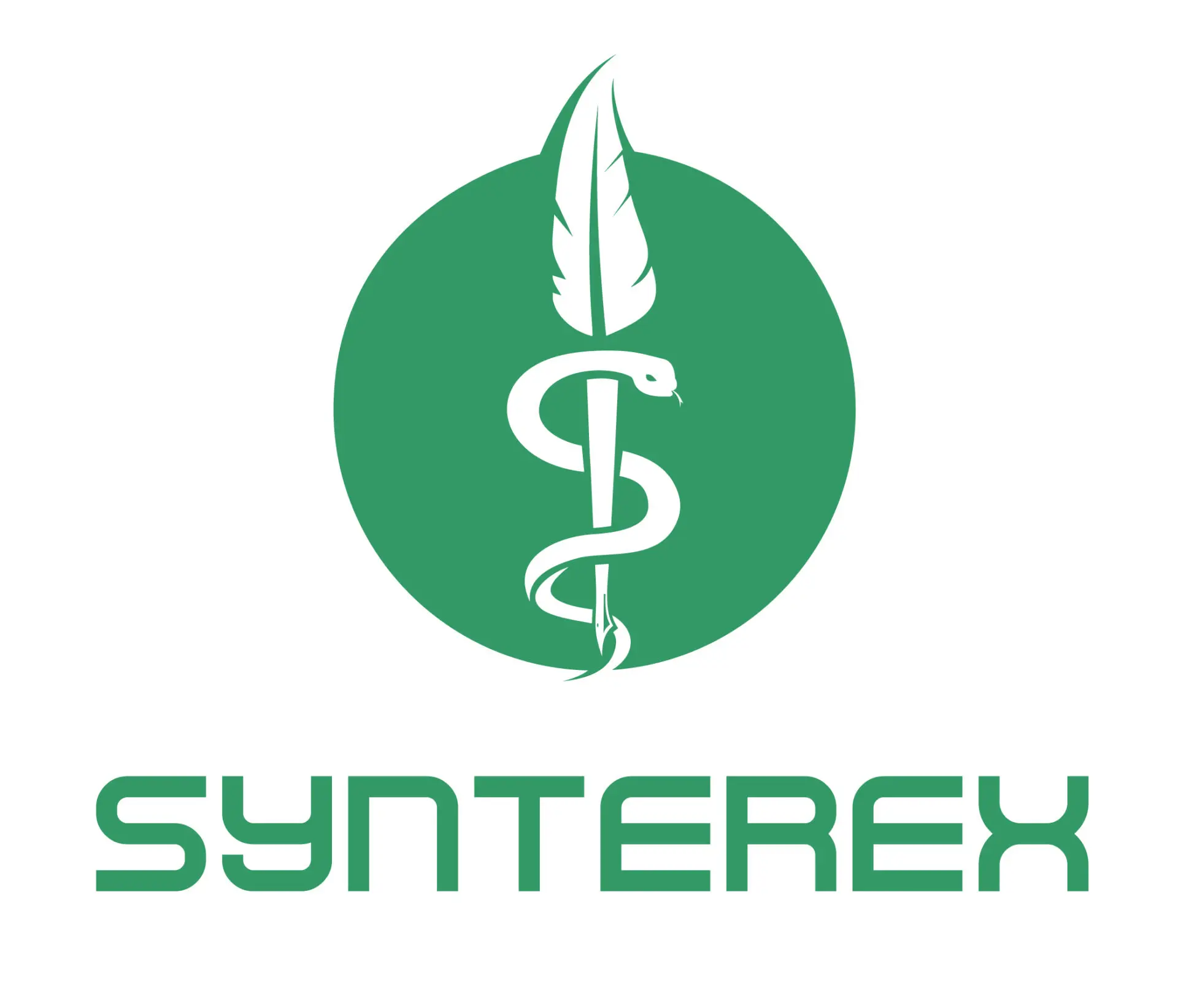The curb-cut effect refers to the broad and often unexpected benefits of designing for accessibility. Originally intended to assist people with physical disabilities, curb cuts have since proven beneficial for many others—parents with strollers, delivery workers with carts, and even travelers with rolling luggage. This concept extends beyond physical infrastructure to digital tools, including technology-enabled medical writing. By designing software with accessibility in mind, we not only benefit the intended audience but also create more efficient, inclusive tools for all users. This principle has profound implications for AI-driven medical writing systems.
Accessibility and Medical Writing Software: The Overlap
In medical writing, accessibility isn’t just about compliance—it’s about usability, efficiency, and equity. AI medical writing systems should be designed with accessibility at the forefront to ensure that they meet the needs of a diverse set of users, including those with disabilities. When done well, this accessible design can have a curb-cut effect, benefiting not just users who require accessibility features but also improving usability for all medical writers.
For example, AI-enabled medical writing platforms can offer natural language processing (NLP) tools that enhance clarity and readability for all users, reducing cognitive load and making the software more user-friendly. This accessibility-first approach ties into responsible AI in medical writing, ensuring that everyone has equal opportunities to engage with these advanced systems.
Benefits Beyond the Intended Audience
Like curb cuts, accessibility in AI-enhanced medical writing tools benefits a wide array of users. Medical writers facing tight deadlines, for instance, can benefit from intelligent design features that streamline automating documentation processes. These tools enhance productivity while ensuring that the resulting documents are clear, accessible, and accurate.
Additionally, natural language understanding (NLU) capabilities in intelligent document creation help medical writers draft reports with ease, reducing the time needed for clinical trial writing and clinical report writing. By designing with accessibility in mind, we make it easier for all medical writers, regardless of their level of experience, to use AI effectively in IND drafting, AI eCTD submissions, and accelerating the submission process.
Generative AI and the Curb-Cut Effect
Generative AI (GenAI) plays a crucial role in realizing the curb-cut effect in medical writing software. By integrating generative AI capabilities into smart content generation platforms, users can harness the power of large language models (LLM) in medical writing. This means generating content that is not only compliant but also inclusive and clear for both internal stakeholders and regulatory agencies.
For example, using machine learning to produce submission documents can streamline the process of creating high-quality regulatory submissions, offering real-time language suggestions and improving the overall readability of the documents. These features, originally designed to assist medical writers with disabilities, end up improving the experience for everyone.
A More Inclusive Future for AI in Medical Writing
The curb-cut effect demonstrates how accessibility-first thinking can lead to broad benefits across industries, including in AI-powered medical writing. As the healthcare and life sciences sectors continue to adopt AI technology for document creation and submission, designing these tools with accessibility in mind will create a more inclusive environment for all users.
Whether through human-in-the-loop processes or adaptive content generation, the future of medical writing lies in accessible, user-friendly tools that work for everyone. Just as curb cuts revolutionized public spaces, accessible AI-driven medical writing platforms have the potential to revolutionize the way we create, format, and submit regulatory documents, benefiting not just medical writers but the entire healthcare system.
By embracing the curb-cut effect in the design of medical writing tools, we ensure that digital transformation in medical writing serves not just the few but the many.
